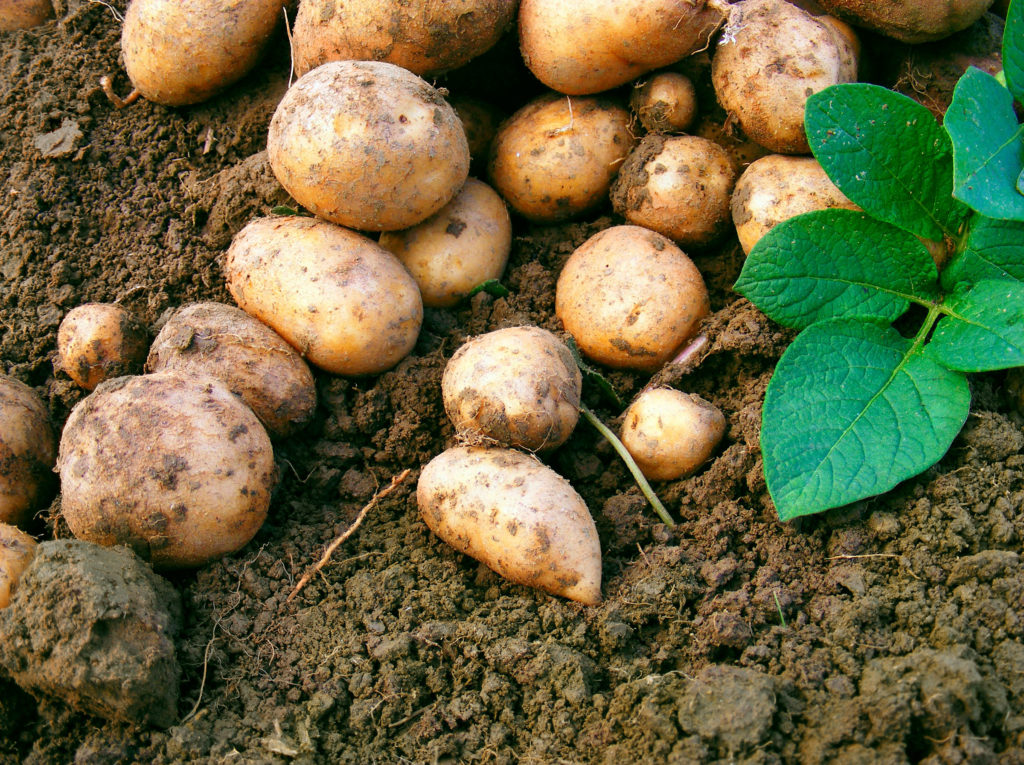
2020 Potato season recap: Fungal diseases
{Sponsored} For several potato growing regions, the one factor that didn’t make the 2020 season a challenge was disease pressure. Overall, growers largely saw normal disease pressure for key potato diseases in regions including North Dakota, Minnesota and Idaho.
Downy mildew was not an issue in those regions, and white mold pressure was low due to favorable weather. One area in North Dakota did see some white mold, but overall disease pressure was down compared to previous seasons. This was due in part to the weather; the hot season favored suppression of white mold. “Fields with two applications of Endura® fungicide or other premium products held well,” said Curtis Rainbolt, technical services representative with BASF Corporation.
Early blight was also manageable at worst, with lighter than normal disease pressure. “Growers who are on a strong fungicide program typically don’t see much until very late in season,” Rainbolt said. As with downy mildew, the abnormal heat helped out in suppressing early blight.
Late blight was confined to a couple fields with no spread in the Pasco area of Washington, but other regions didn’t have to combat it.
Black dot, however, did occur at an abnormal rate in North Dakota and Minnesota. Prevention is key with black dot. “Growers should utilize effective black dot fungicides for control of this disease, like Priaxor® fungicide, at or near row closure,” said Ken Deibert, BASF technical service representative for North Dakota/Minnesota.
Domestic growers have new options from BASF for weeds and virus management. Zidua® SC herbicide is an option for controlling nightshade and pigweed in potatoes, and it boasts long-lasting residual control of both nightshade and pigweed. Sefina® Inscalis® insecticide controls aphids and, in many cases, it can help manage Potato Virus Y (PVY) infections. In the case of fields grown for processing or exports, growers must work with the processor or buyer to ensure that new products are trade compliant.
For growers dealing with resistance, a common issue is that many of the chemistries on the market are FRAC group 7. Rotation of chemistries of different FRAC groups is the key to reducing the risk of resistance. This might mean growers need to add group 3 chemistries such as Provysol® fungicide, which is the latest innovation from BASF to prevent and control early blight in potatoes.
At the end of the season, growers need to consider what they faced in 2020 as well as what they struggled with in other seasons to prepare for the 2021 growing season. Remaining vigilant is imperative. The potato industry never knows how things will turn out and continuing to scout regularly and apply chemistries preventatively are the best options for keeping up on disease pressure, as growers were generally able to do in 2020. When the threat of disease does present itself, work with university extension and plant pathologists to ensure diseases are identified and properly treated to continue to prevent resistance.
For more information about the chemistries BASF offers for potato growers, visit https://agriculture.basf.us/crop-protection/use-areas/crops/potato.html.
Always read and follow label directions. Sefina® Inscalis® insecticide, Priaxor® fungicide, Endura® fungicide, and Zidua® SC herbicide are all registered trademarks of BASF.
© 2020 BASF Corporation. All Rights Reserved.














